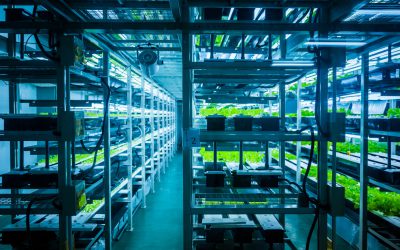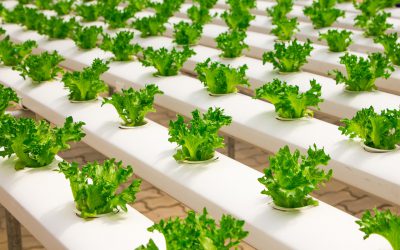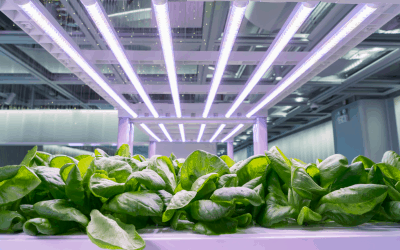Written by Jared Anderson
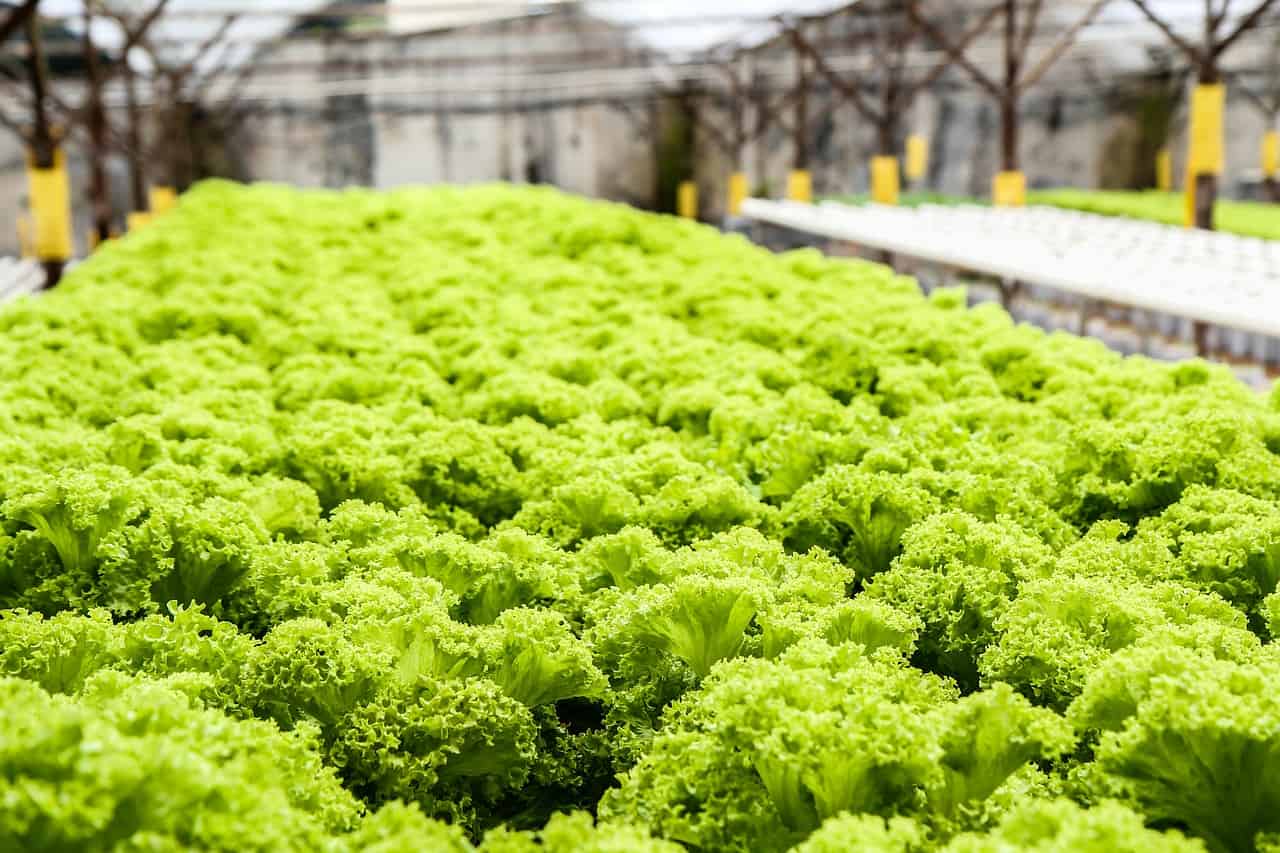
Deep Water Culture (DWC) systems are considered by hydroponics purists, to be the ultimate form of hydroponics and maybe the easiest to maintain. It’s also one of the easiest methods for gettings started with hydroponics. Deep Water Culture systems are also widely used in Aquaponics, on a small and commercial scale. In fact, it’s by far one of the most popular methods for in soilless gardening.
Table Of Contents
- 1 What Is Deep Water Culture (DWC)?
- 2 How Does A Deep Water Culture System Work?
- 3 What Are The Benefits Of DWC?
- 4 Examples Of DWC Systems
- 5 What Plants Do Well In Deep Water Culture?
- 6 Wrapping Things Up On DWC
- 7 The Complete Guide To Vertical Farming | What It Is and Why It’s So Important
- 8 Nutrient Film Technique 101
- 9 What Is Hydroponics Gardening? | A Complete Beginner’s Guide
What Is Deep Water Culture (DWC)?
Deep Water Culture is a form of hydroponics where the roots of your plants (flowers, fruits, vegetables, herbs, cannabis, etc.) are suspended in highly-oxygenated, nutrient-rich water. The plant is kept in a net pot filled with hydroton, gravel, lava rock, etc. As with all hydroponics systems, there is absolutely no soil used in the system.
How Does A Deep Water Culture System Work?
The System
A DWC system is simply a food safe/grade, non-translucent reservoir with a lid, an air pump and airstone. In the top of the lid (or raft), is where typically a 3” or larger net pot will be fitted into the lid, so the base hangs into the reservoir. Depending on the size of the system will ultimately decide the depth that your reservoir will need to be, but as a good rule-of-thumb with an 8” minimum depth. The plant rests in the net pot, held in place with your grow media of choice (hydroton, gravel, lava rock, etc.). In most cases it’s easier to start your seeds in some sort of germination station or chamber. Then once the plants have developed some roots, it can then be moved to your DWC system. You can also start your seeds in your DWC system using rockwool, rapid root starters or something similar to help maintain adequate moisture, and prevent it from falling into the bucket.
Water
With any hydroponics system, maintaining clean, pH balanced water is essential. If available, use reverse osmosis filtered water to help remove chlorine, fluoride and other additives found in city water. If the pH of your water swings too far in one direction or another it can lead to nutrient deficiencies in your plants. Keeping the water in your reservoir clean will help ensure a healthy, disease and pest free environment for optimal plant growth.
Oxygen
The water where the roots will live will need to be highly-oxygenated. This is produced by an air pump and airstone introducing dissolved oxygen (DO) into the system. Having adequately oxygenated water es key when plants are using energy to pull water into their roots. Within your system are essential microbes in the nutrient solution that also require highly oxygenated water to survive.
Nutrients
With any hydroponics system you’ll be adding either a liquid based (most common for home growers) or a two-part (most common) or three-part concentrate you’ll dissolve and dilute before adding to your reservoir. Some nutrient solutions are used at different stages of growth. For example, some may have a specific formula for the vegetative stage of growth and a slightly different formula for the flowering stage of growth. Depending on the size and stage of your operation will determine how often you’ll need to add nutrients. There are a LOT of different choices all offering a variety of different additives promising one thing or another.
What Are The Benefits Of DWC?
With any well maintained DWC hydroponics system, you should see a multitude of benefits when compared to traditional soil-based gardening methods.
Less Water Usage:
DWC systems can be up to 90% more efficient when it comes to water usage. It’s underestimated, overlooked and taken for granted what a precious resource water is. In the U.S.A. since *1960 fresh water usage has been absolutely dominated by agriculture. This is basically the story globally with agriculture accounting for 70% of global fresh-water usage.
Accelerated Growth:
In a well maintained DWC system you will see accelerated growth times when compared with traditional methods. Due to the near perfect growing conditions and a constant supply of nutrients, the plants don’t have to grow long root systems in search of water and nutrients. Instead, with its ample supply of water and nutrients that energy is then used to grow the plant itself. That are a lot of variables that come into play, but a DWC can have growth cycles (seed to harvest) that are 30% to 50% faster than when compared to growing in soil. On the higher end of the range is found indoors, where you can control basically all variables of the environment.
Larger Yields:
Once again due to the ideal environment for growth, you’ll see an increase in your yields. In well kept systems you can expect anywhere from 2x to 16x in yields when compared to soil based systems. With the ample nutrient supply the plants are able to grow to their full potential.
Easy Setup and Management:
For the simple fact that there a little moving pieces in a DWC system, makes it a very popular starter system. Despite what you might think, a medium to larger system may be easier to maintain. With a larger system, you’re less likely to have large swings in your pH and nutrients.
Examples Of DWC Systems
Recirculating Deep Water Culture (RDWC)
A RDWC system combines multiple reservoirs, an air pump and unlike a basic DWC system, the addition of a water pump is added to recirculate the nutrient solution across all the different reservoirs.
The Kratky Method
The Kratky Method (named after B.A. Kratky) is a passive DWC culture system that does not use any air pump or airstone. This also means it uses no electricity used during the growth cycle. A seed is placed in a starter plug or something similar inside a net pot in a bucket or raft. The reservoir is filled with pH balanced nutrient solution and over the growth cycle the water evaporates allowing more oxygen to reach the ever-developing root system.
With the Kratky method you calculate the total amount of nutrient solution needed during the growth cycle. If done correctly, at the time of harvest is when the reservoir will need to be refilled. In most cases, you can replant and refill without having to clean your reservoir. For most growers, you can go about 2-4 cycles before a full cleaning.
DWC Raft System
A DWC raft system is a very popular solution for commercial growers. The reservoir has an open top that is covered with a styrofoam-based raft. Evenly spaced across the surface of the raft will be net pot locations. The water is aerated with airstones or some type of waterfall setup.
Bubbleponics DWC
Bubbleponics DWC takes a normal DWC system, with a reservoir, air stone but adds a submersible water pump. The water pump helps to circulate water from the bottom of the reservoir to ensure that the nutrient solution is agitated and thoroughly mixed.
What Plants Do Well In Deep Water Culture?
There is a wide variety of fruits, flowers, vegetables, herbs, etc. that can all be grown using DWC culture systems. Depending on the system you choose may limit the types of plants you go with. As a quick example, with a DWC raft system, you can’t have plants that are overly top heavy as this could cause the plants to tip over without some sort of cage and or support. Most raft systems are very rigid and durable, but with that said, you still want smaller lightweight plants for the best results and the least amount of headache.
Here are some of the best plant varieties that do great in DWC systems:
- Basil
- Bok Choy
- Chard
- Collard Greens
- Kale
- Lettuce
- Sorrel
Wrapping Things Up On DWC
DWC systems make a great system for someone looking to get into hydroponics. Most home-scale systems require minimal maintenance with some require little at all.
Here’s a great example of a DWC system that is easy to use and allows you to grow a multitude of plants in a relatively small space:
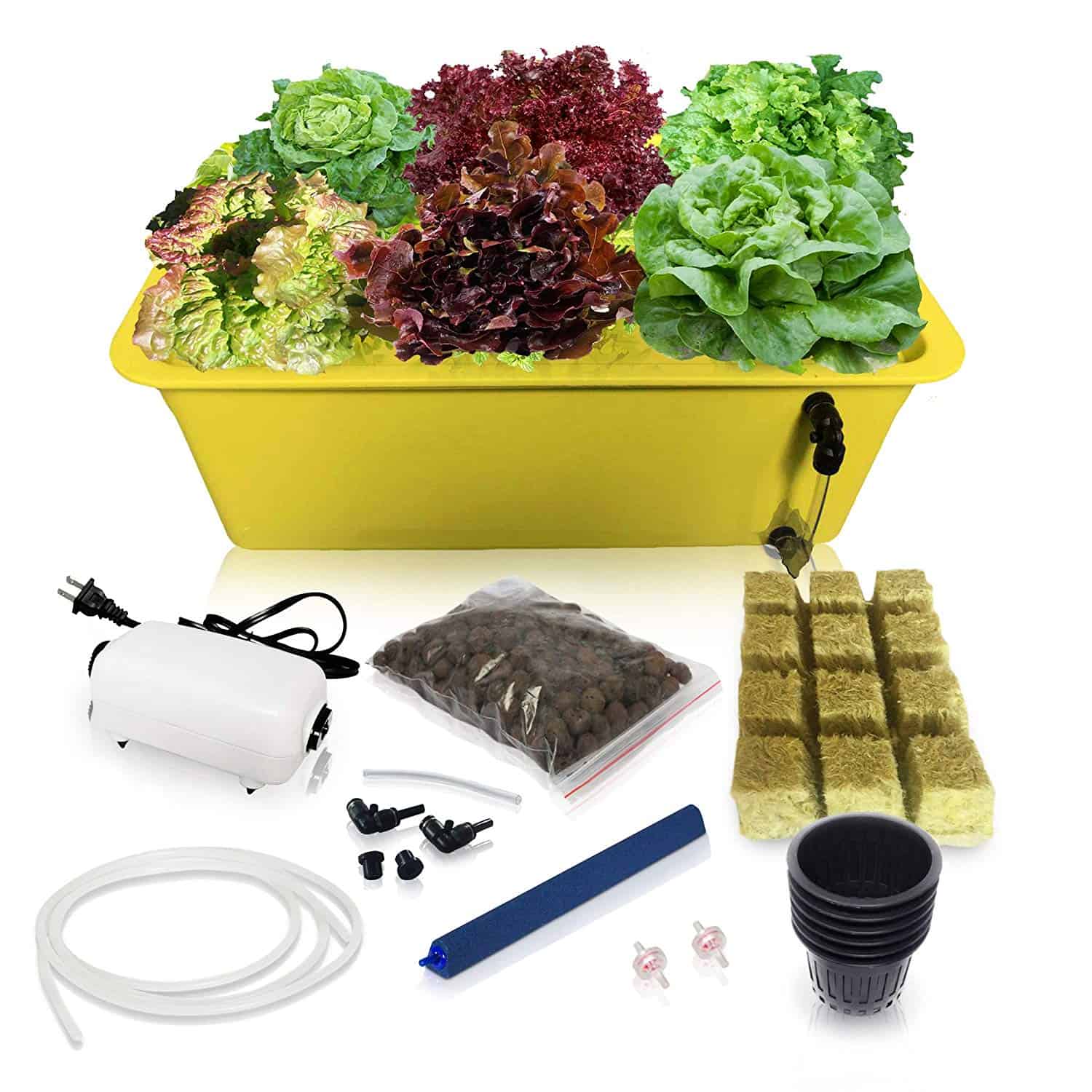
Related Articles
The Complete Guide To Vertical Farming | What It Is and Why It’s So Important
With demands for fresh, locally sourced, non-GMO fruits, veggies, and herbs continuing to grow, the adoption of indoor vertical farms is increasing across the globe. Find out why, these farms are so important for the future of our food.
Nutrient Film Technique 101
The Nutrient Film Technique is one of many popular hydroponic growing techniques. In fact this method is deployed across both hobbyist gardens and large commercial grow operations.
What Is Hydroponics Gardening? | A Complete Beginner’s Guide
What is hydroponics? Since the recreational legalization of cannabis in Colorado in 2006, the word ‘hydroponics’ has been knocking on the doorstep

